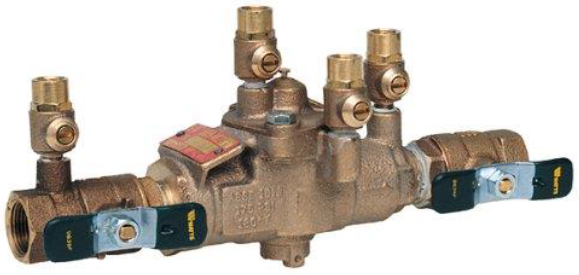A permit is required for hydrant use, except for firefighting by the Philadelphia Fire Department and authorized PWD use. Learn more about scenarios for which a Fire Hydrant Permit may be issued and how to request one.
Last updated: August 2024
A permit is required for hydrant use, except for firefighting by the Philadelphia Fire Department and authorized PWD use.
Philadelphia’s water system includes 26,000 fire hydrants designed expressly for the use of fighting fires. They are designed to efficiently provide a large flow of water at steady pressure. Their design makes them inappropriate for nearly all other uses. Unnecessary or improper fire hydrant usage can place large stresses on the water supply system. However, the Philadelphia Water Department (PWD) permits the use of fire hydrants as a non-potable water source for specific conditions where other sources of water are not available.
Examples of scenarios that may be approved for a Fire Hydrant Permit include:
- Construction activities
- Special Events
- Urban Gardening
- Commercial Swimming Pools
For more information on getting water access for urban gardening, visit the Urban Gardens Guide. However, all up-to-date hydrant related guidance will be found below.
Backflow Prevention Equipment
The use of an approved backflow prevention device when accessing a hydrant is always required. If you are found out of compliance, your permit can be revoked without refund.
A link to a list of approved backflow prevention devices can be found on the Cross-Connection & Backflow Compliance page.

Example of approved backflow prevention equipment
Backflow prevention devices can be procured at various locations including, but not limited to, industrial supply and equipment providers and local plumbing supply stores.
Backflow prevention equipment requires its own installation permit and must be installed by City-certified Backflow Prevention Technicians.
For more, visit Backflow Compliance.